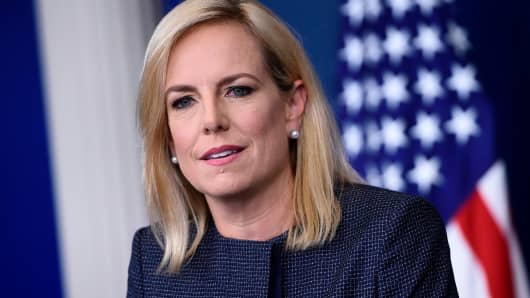A few keystrokes, thousands of miles away. Suddenly, the lights are out, communications systems are down and it's unclear what happened or who is responsible.
This is the new world of digital destruction. Cyberattacks against our critical infrastructure — the energy grid, emergency services, telecommunications, the financial services sector and more — have the potential for catastrophic effects disrupting our very way of life.
We are facing an urgent, evolving crisis in cyberspace. Our adversaries' capabilities online are outpacing our stove-piped defenses. In fact, I believe that cyber threats collectively now exceed the danger of physical attacks against us.
In short, our digital lives are at risk. And we need bold action to fight back.
This threat continues to grow for a number of reasons.
First, our increasing digital interdependence means that your risk is now my risk and my risk is now your risk. A vulnerability that is exploited in one system can result in unpredictable, cascading and widespread consequences — jumping from a tech company one minute to a healthcare provider the next.
Just look to last year, when in a matter of days WannaCry ransomware spread to more than 150 countries, bringing hospitals, car manufacturers and transportation companies to a halt.


